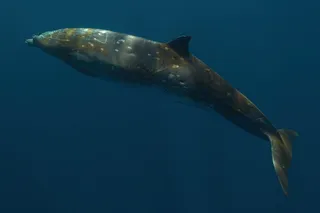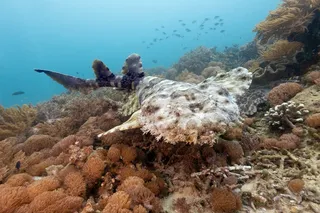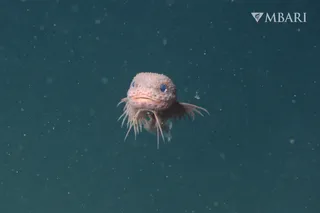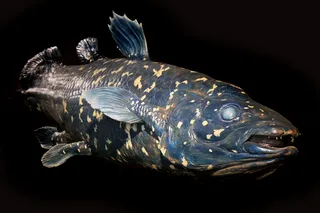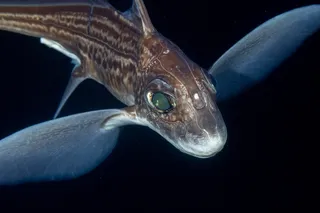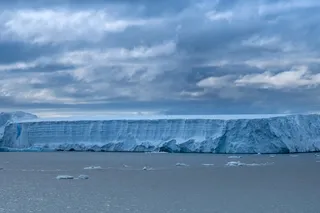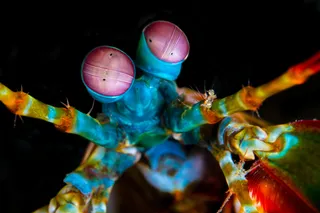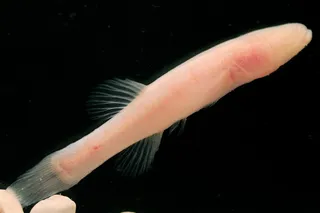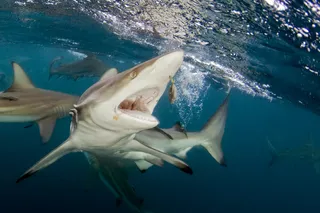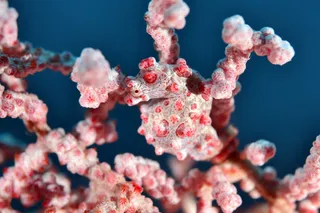As Cyclone Favio makes landfall in an already flooded Mozambique--striking the provinces of Inhambane and Sofala as a Category 3--I am prompted to reflect a bit on what the South Indian cyclone season of 2006-2007 has shown us so far. There have now been three storms that we can classify as Category 4s according to traditional Saffir-Simpson categorization: Bondo, Dora, and Favio. Being a Category 4 in this particular basin means that at some point, based upon estimates from satellite images, these storms were determined to have maximum sustained winds of 115 knots or higher for at least one advisory. (The forecasting center that officially does the advisories for this region of the world, or at any rate the one I've been listening to, is the Joint Typhoon Warning Center.) A glance back over records that I've been keeping, however, shows that Dora and Favio have this in common: Each ...
Strong Hurricanes, Weak Categories
Cyclone Favio makes landfall in Mozambique, showcasing insights from the 2006-2007 South Indian cyclone season.
More on Discover
Stay Curious
SubscribeTo The Magazine
Save up to 40% off the cover price when you subscribe to Discover magazine.
Subscribe

